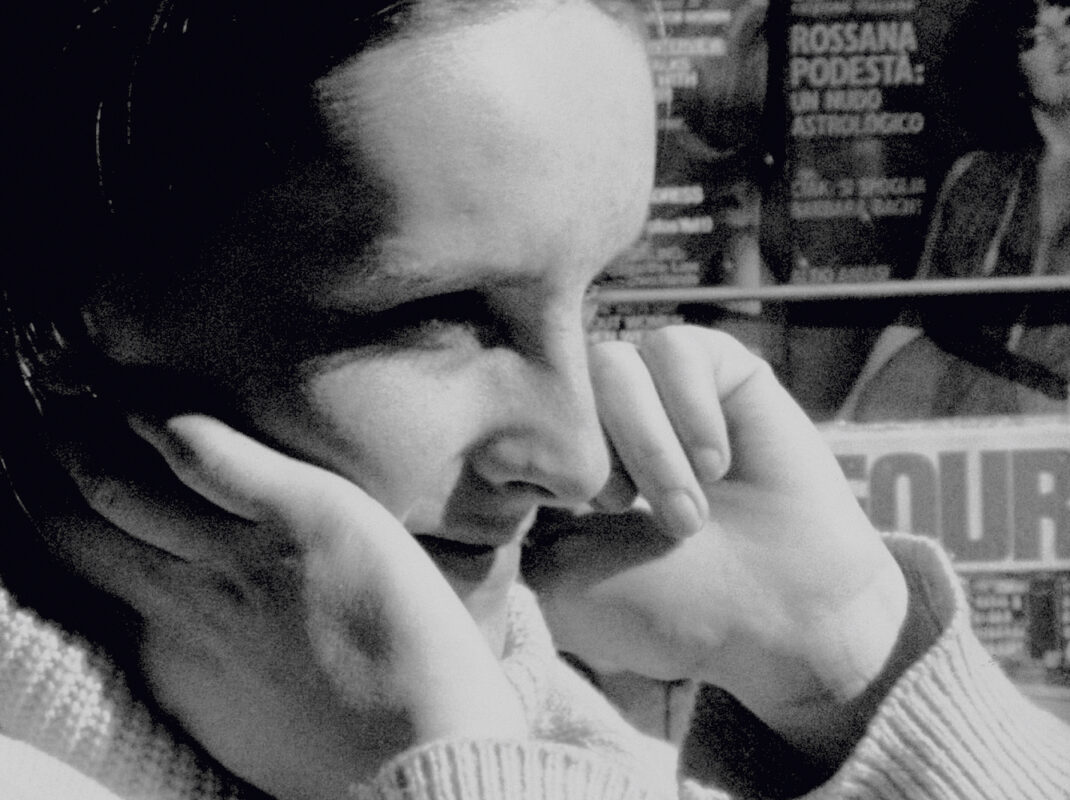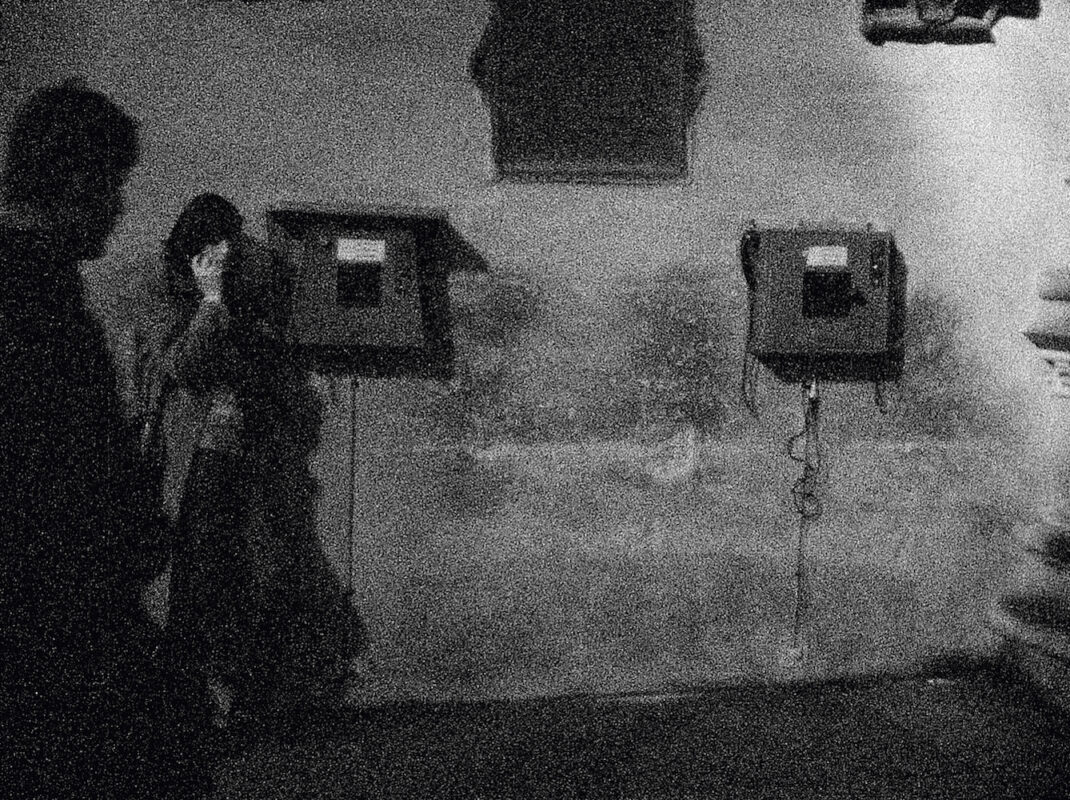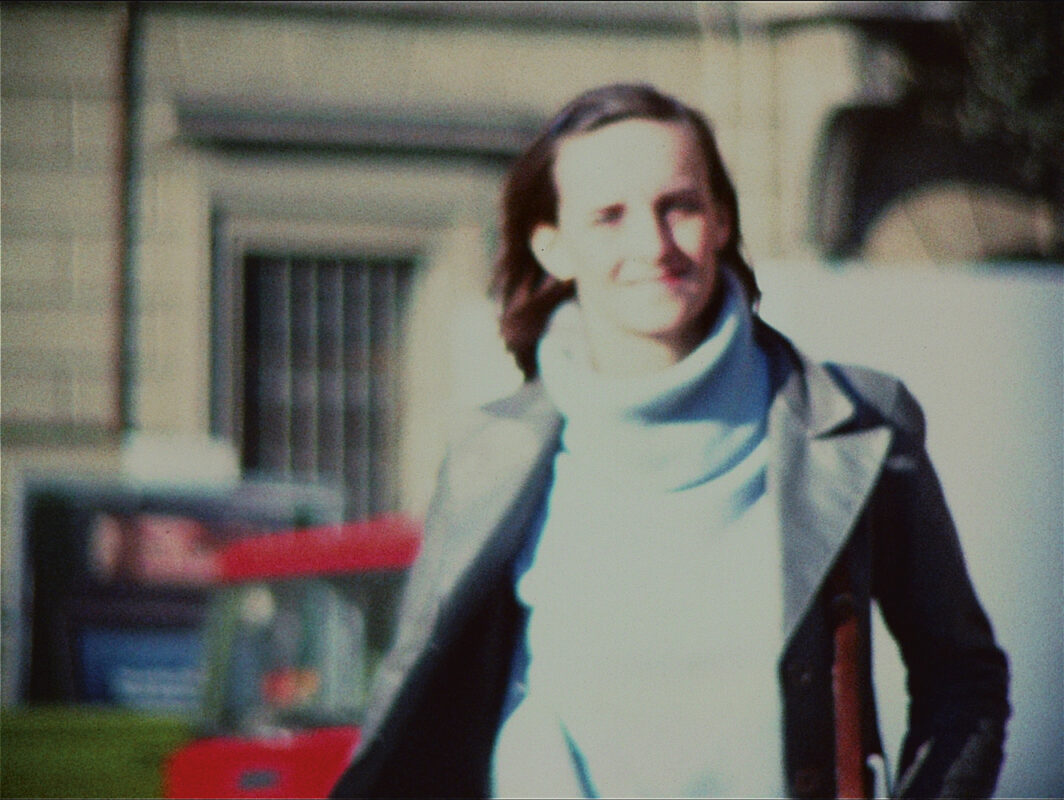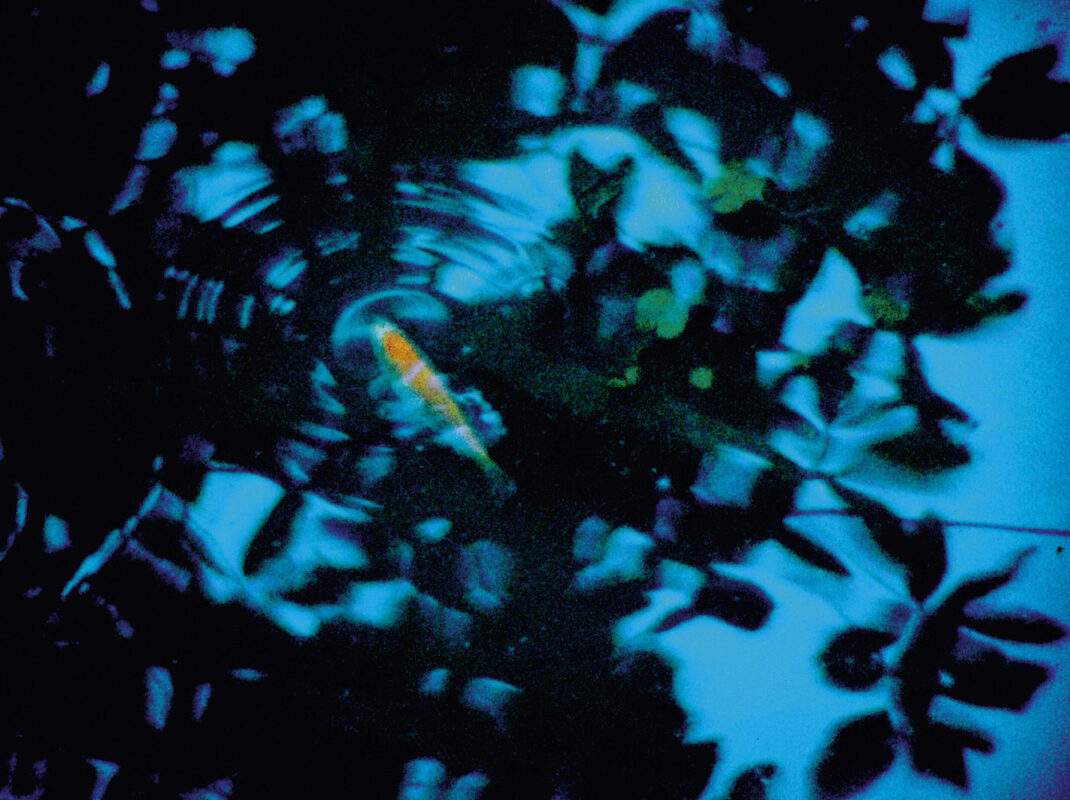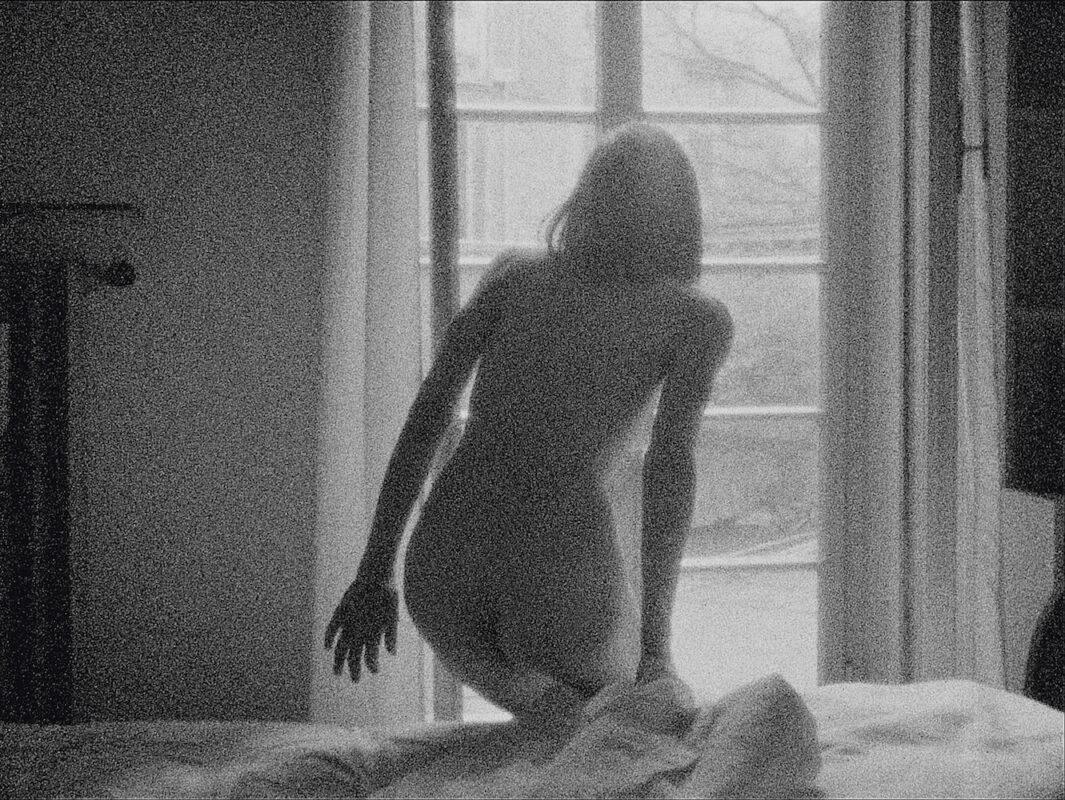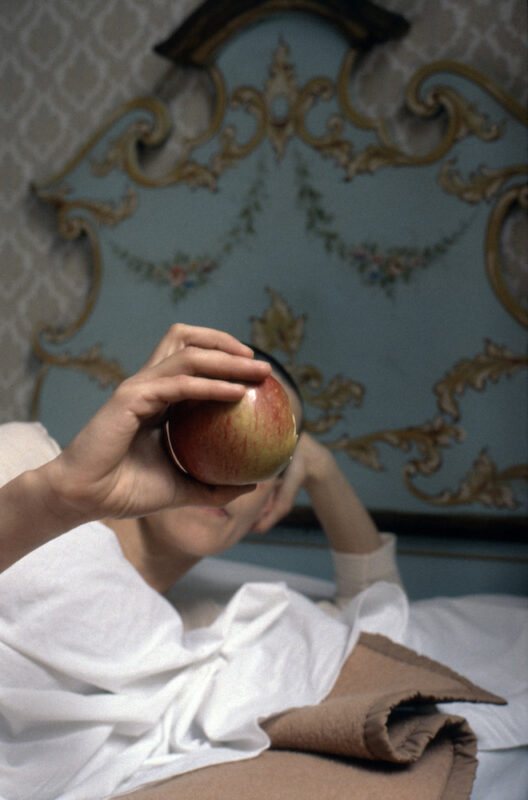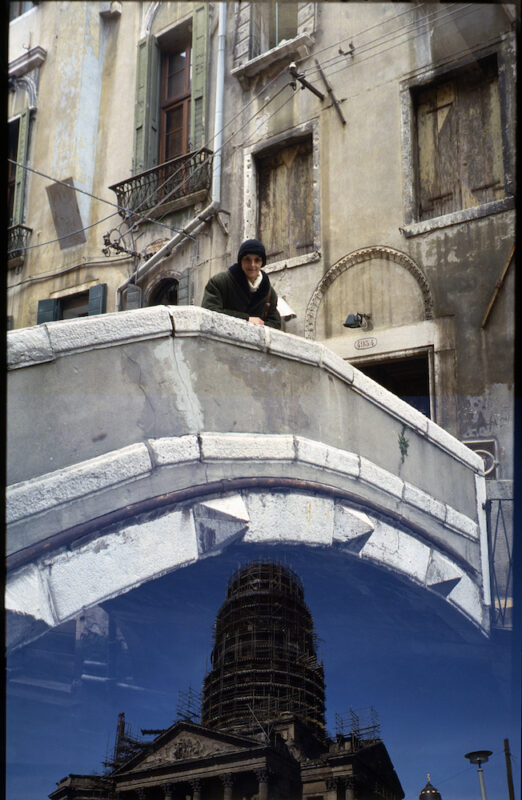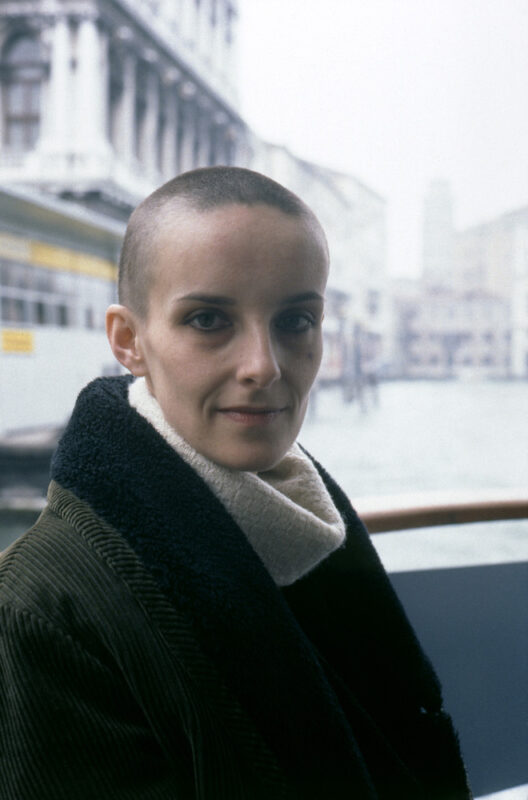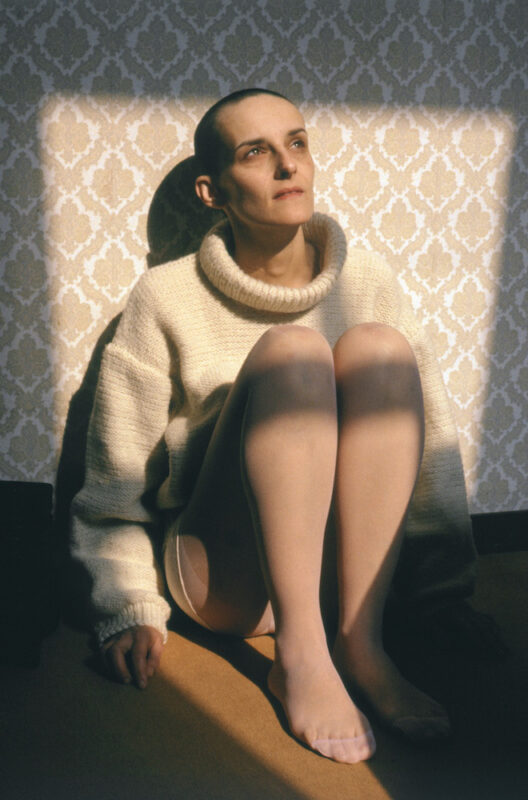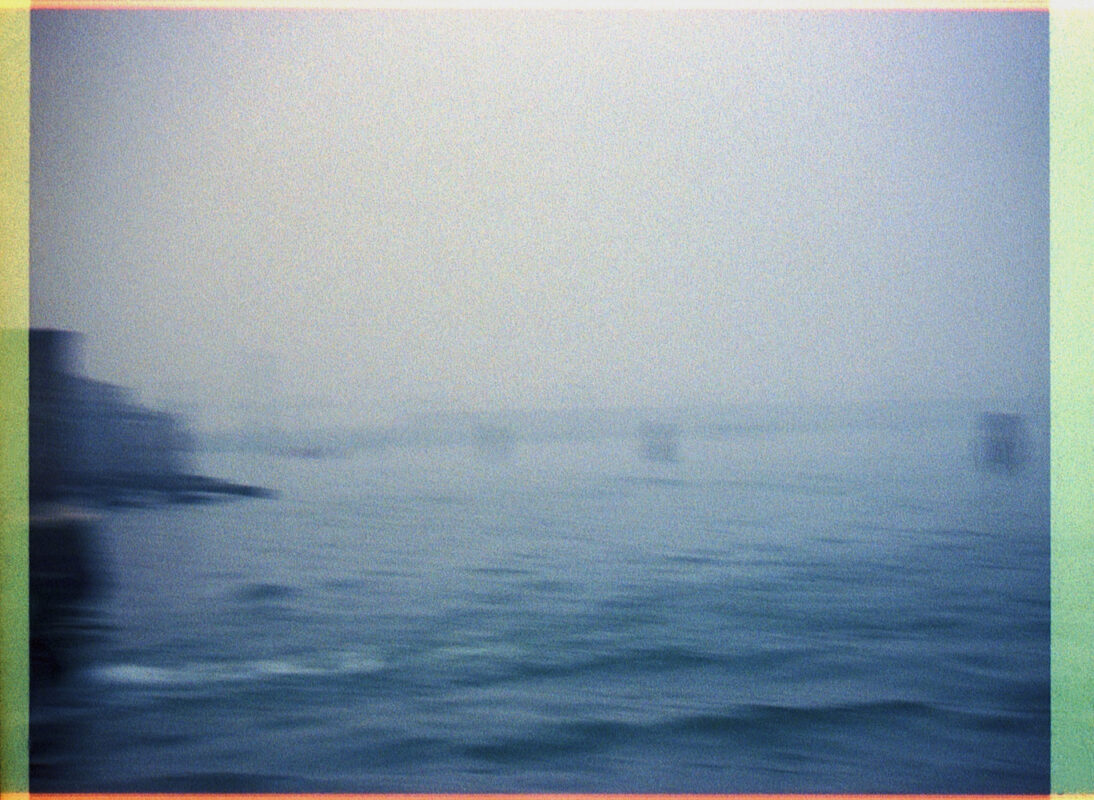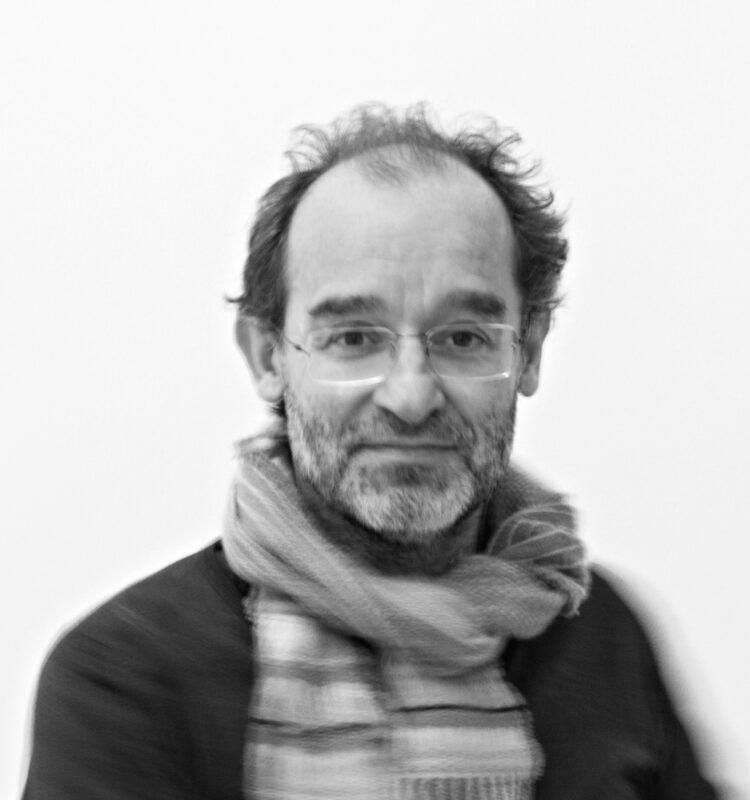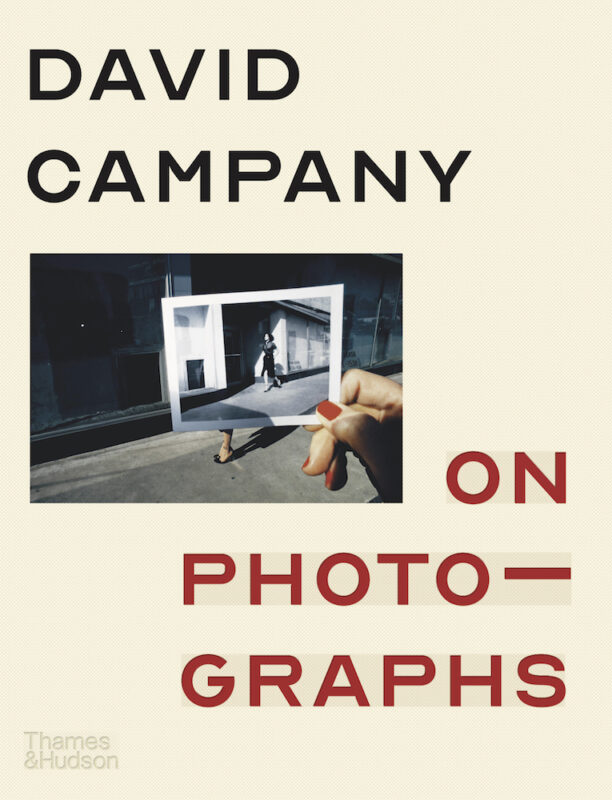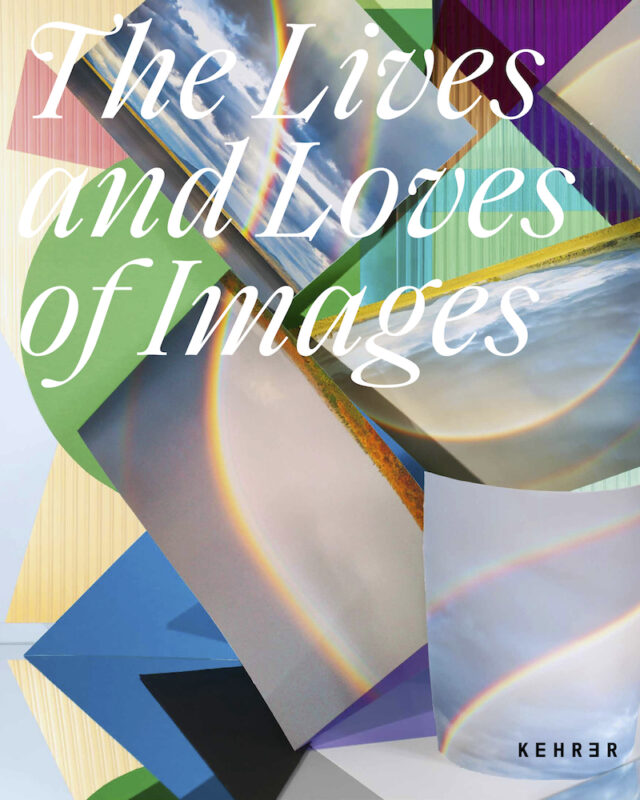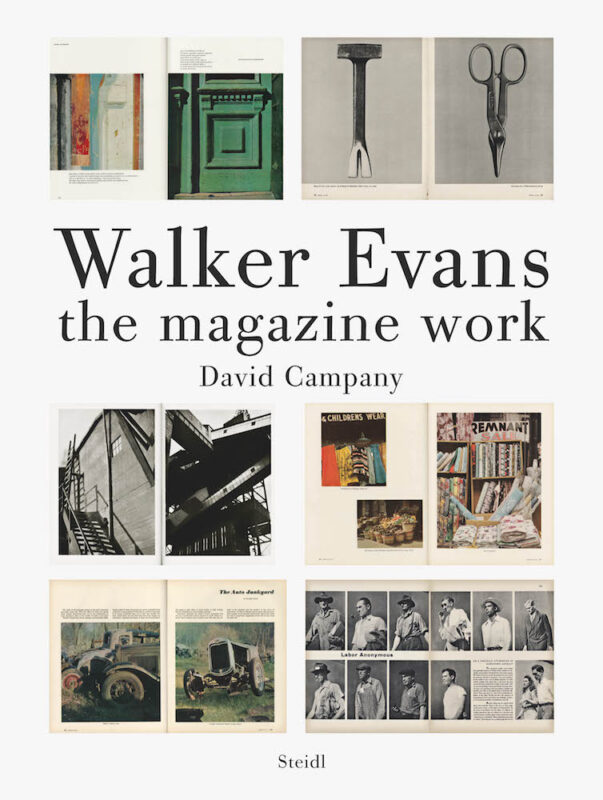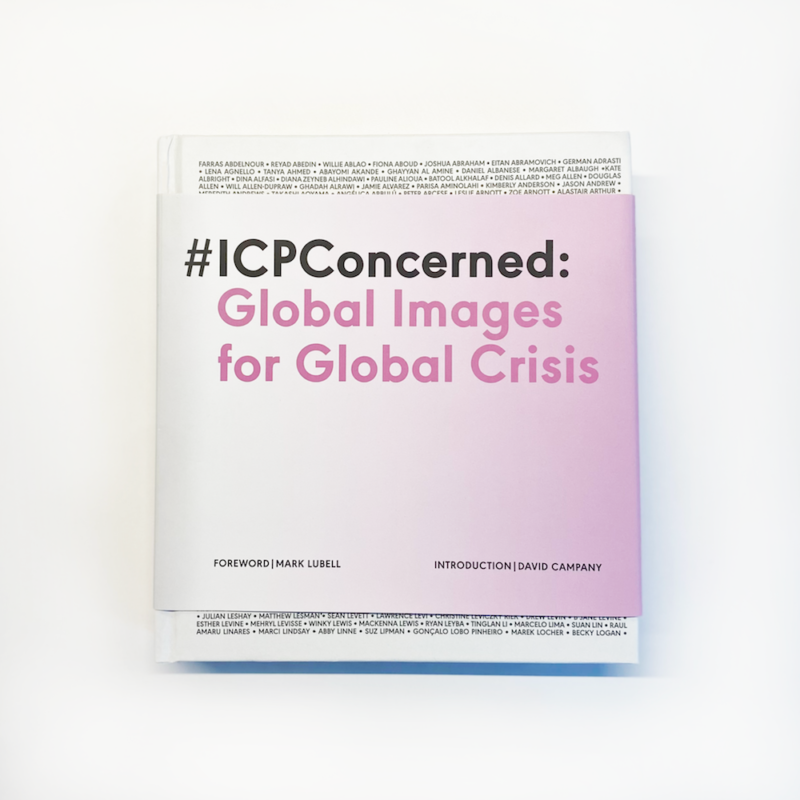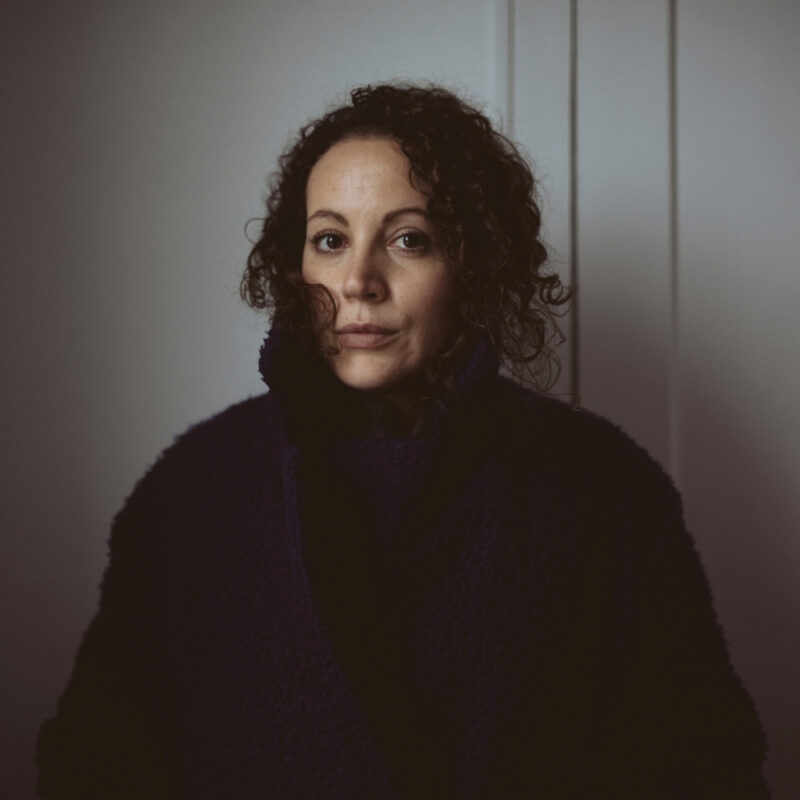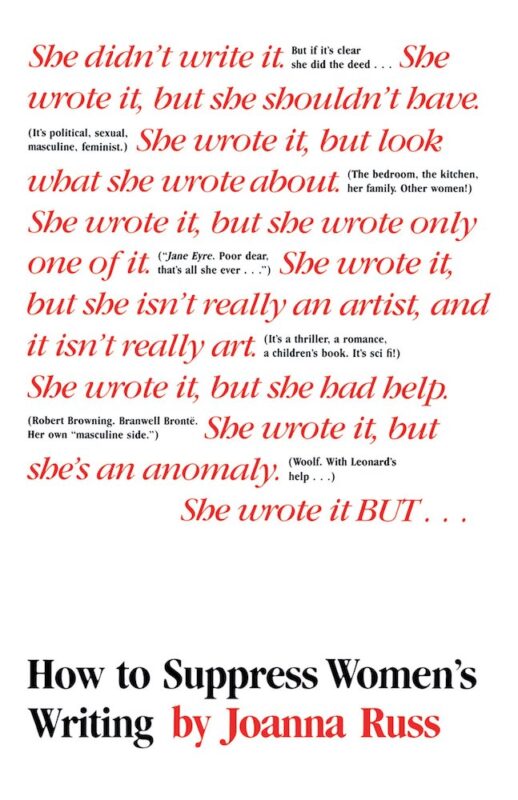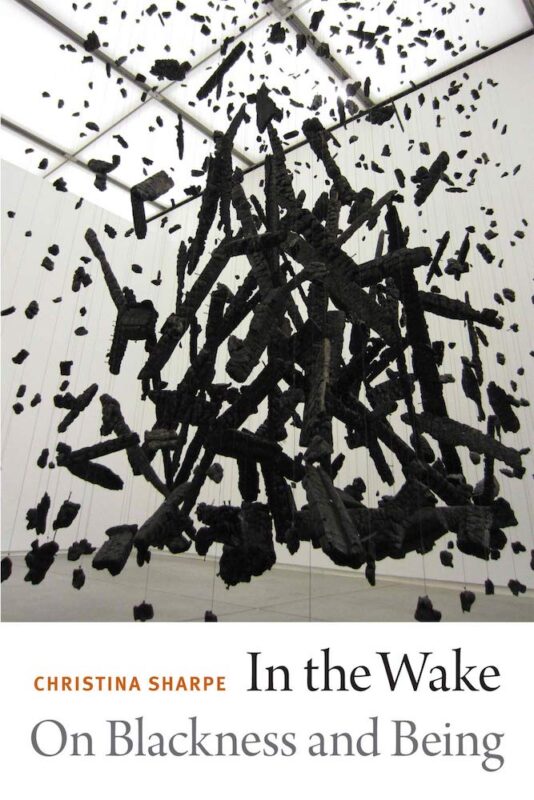Seiichi Furuya
First Trip to Bologna 1978 / Last Trip to Venice 1985
Book review by Alessandro Merola
A poetic chronicle of the first and last trips with his late wife, Seiichi Furuya’s latest synthesis of photography and narrative probes the photobook’s potential to reimagine the archive ad infinitum, writes Alessandro Merola.
Invoking Sigmund Freud’s idea of melancholia as unresolvable mourning, Susan Sontag, in On Photography (1977), describes photographs as melancholy objects that express the ‘vulnerability of lives heading toward their own destruction’. Yet, in the partaking of nostalgia, the fascination with death that photographs exercise is, as Sontag warns, ‘also an invitation to sentimentality’.[i] Few knew this better than Roland Barthes, who found a premonitory suggestion of an open wound in every indexical mechanical trace. His own Camera Lucida (1980) is of course a meditation on absence, compounded by his decision to withhold publication of the very photograph at the core of his musings: his deceased mother as a child in a winter garden.
Sentimentality might be too cloying a word to use in relation to Seiichi Furuya’s Mémoires, but it isn’t too wide off the mark either. Haunted by guilt ever since that catastrophic Sunday of 1985 – the “dull thud”, the strewn sandals by the open window – Furuya has revisited, over and over again, the vast archive of photographs made during the life he shared with his late wife, Christine Gössler. The resulting synthesises of photography and narrative are amongst the most powerful reflections on love, death and memory we have seen, and, indeed, few artists of our time have booked as faithfully as Furuya has. The Mémoires series was actually said to have been laid to rest on two occasions: the respective publications of the 2010 and 2020 editions. The fact that Furuya has returned with another book, however, should be unsurprising considering the sentiments he expressed at the end of Christine Furuya-Gössler: Mémoires, 1978–1985 (1997): ‘The more one blows on a fire trying to put it out, the larger the flame becomes. One stops blowing. The cold blue of the flame changes to a soft red. Why is that I tried to extinguish that warm, gentle fire?’[ii]
A beautiful volume containing a gorgeously varied narrative fabric, First Trip to Bologna 1978 / Last Trip to Venice 1985 is Furuya’s second collaboration with Chose Commune, and arguably his most experimental yet. It is divided into two chapters which literally bookend his and Christine’s seven-year-long relationship. The first, entitled First Trip to Bologna 1978, is comprised of stills extracted from rolls of Super 8 film which Furuya shot during his and Christine’s trip less than one month after they met. (The films were subsequently forgotten in Furuya’s attic, lost within the depths of memory.) Across black-paged spreads which open completely flat courtesy of the otabinding, the stills are laid out in spontaneous grid and linear arrangements, expanding upon the cinematic sequencing sporadically at work in Mémoires 1983 (2006). Furuya does not so much record a blossoming romance as remake it, the presence of Christine, ever insouciant in her grace, fluttering in and out of view like a soft red flame.
If the stills – which have been extracted with extreme precision, often to the extent that their lapses in time are almost imperceptible – represent the artist’s attempt to integrate moments both registered in the imagination and archived in memory, the black spaces that border them represent the abyss against which they compete. Measured irregularly in width and scale, they unravel like the fragmented rhythms of (mis)remembrance. ‘Despite this more than sufficient evidence, I cannot remember a single moment of the events’, Furuya’s words conclude the chapter’s climactic episode: Christine getting out of bed, in reverse. With the vertical strips resulting in lovely, undulating flickering effects, the filmic debt is strong. However, where, in cinema, the succession of frames is jointed by the vision and continuity provided by spectator’s nervous system in order to attain the flow of time, here, the stills are indefatigable in their stasis. Whilst one is reminded that these are indeed images, bearing, as Barthes articulated, a ‘lacerating emphasis’ on the that-has-been,[iii] the reversal speaks to something even more profound altogether: that they conform to what we think we remember, or want to.
At the book’s mid-way point, one realises that the strategy of reversal is essential to the book’s formal manifestation, too. The “second” chapter reads back-to-front, requiring the reader to flip the book in order to view the photographs their right way up. There’s a sparser, celestial quality here, the result, perhaps, of the shift to white paper (then again, the end is always in mind). The couple appear in a photobooth portrait: the intensity of Christine’s gaze – the evidence of her advanced schizophrenia – is more pointed. What follows is a revised sequencing of Last Trip to Venice (2002), a small, modest book chronicling the couple’s time in Venice, one week after Christine was discharged from hospital in 1985. ‘The destination did not matter’, Furuya wrote in a text in the original, recalling the wishes of Christine: “Somewhere far away… Just the two of us.”
The imagery of Venice derives from two rolls of accidentally re-exposed film overlapping photographs from that trip and Furuya’s subsequent shots of East Berlin. Whilst some of these “accidents” bear a surreal aesthetic charge – the light flares scattered across the canal bridge, the luminous starfish drifting into a dissolving sky – most are at odds with the technical and compositional sharpness of Furuya’s previously published photographs. That said, the artist’s motivation has never been to show great photographs – though there have been many – but to probe or renew their effects under the accumulative weight of time and human destiny. Following the arc of Mémoires, one can observe the ways in which Furuya has gradually relinquished his authorial command. Where Face to Face (2020), his previous book, credits Christine as a co-author, this book has been independently (re)edited by Chose Commune’s director, Cécile Poimboeuf-Koizumi, whose soft, considered hand can be felt throughout. Furuya’s next book, he has said, will go one step further and compose, in some 650 pages, photographs made by Christine: a total fulfilment of the aspiring actress’ ambitions.
Although Furuya has always considered Mémoires a collaboration with Christine, its tragic motif is that they can never coexist; she is here because he has turned to her. And because Furuya’s troubled wife, in 1985, chose not to be, the risk has always been that she might serve as a tragic heroine. Some readers have, for example, conflated personal loss with collective loss, made all the more convenient by way of the fact that it was during the television broadcast of the parade celebrating the 36th anniversary of the soon-to-collapse German Democratic Republic that Christine threw herself from the apartment window. Indeed, the spatiotemporal paradoxes – the ‘anterior futures’[iv] – invariably feel like poetic fate: Christine, in Venice, superimposed by the bleak cityscapes of East Berlin, an environment yet to be experienced; a catastrophe that has already occurred.
However, Mémoires, in its entirety, is less a premonition of loss than it is an exercise in how Furuya actively remembers – or (re)constructs – the world. After all, Christine was not the always the centre of the photographer’s eye, even if she was his “I”. Take, for instance, Mémoires 1995 (1995), which laces alternate impressions of the couple’s stays in East Berlin and Dresden with views of flowers, plants and portraits of Bosnian war refugees, or indeed the inaugural Mémoires (1989), which moves through displays of architecture, animals, streets, ephemera, landscapes and portraits. Likewise, his latest book finds Christine floating within a sea of disparate images: of East German architecture; Venetian church façades; political demonstrations; city squares; mountains; shop interiors. Despite Furuya’s photographic compulsions, there is no sense of possession here – as there is, for example, in Masahisa Fukase’s photographs of his wife Yoko – but, rather, of being possessed. The arbitrary superimpositions of Venice embody Christine’s literal entanglement within the author’s perception of his past, further materialised in the book’s vulnerably-thin, translucent jacket, on which montaged frames overlap with alternating degrees of opacity: the stuff dreams are made of.
Resisting the sentimental even as he invokes it is Furuya’s quiet triumph, for the books of Mémoires are ultimately meditations not in the past tense but the eternal present. In response to Furuya’s Last Trip to Venice, Sally Stein suggested that Furuya’s compilation of “accidents” – supposedly salvaged from the ‘bottom of the archival barrel’ – indicated that he may have reached the end of his ‘archival possibility’.[v] Yet, this book, with its innovative visual strategies and anti-chronologies, attests, perhaps even more eloquently than its precursors, to the ways in which the archive can be reimagined to infinity. The destination did not matter… To my mind, a subtle metaphor for Furuya’s life’s work – his ultimate journey – for mourning can never know closure. Christine was, and will never cease being, the start of everything. ♦
All images courtesy the artist and Chose Commune © Seiichi Furuya
—
Alessandro Merola is Assistant Editor at 1000 Words.
References:
[i] Susan Sontag, On Photography (New York: Dell Publishing, 1977), pp. 70–71.
[ii] Seiichi Furuya, “Adieu Wiedersehen” in Christine Furuya-Gössler: Mémoires, 1978–1985 (Kyoto: Korinsha Press, 1997).
[iii] Roland Barthes, Camera Lucida: Reflections on Photography, trans. Richard Howard (New York: Hill and Wang, 1981), p. 96.
[iv] Ibid., Barthes, p. 96.
[v] Sally Stein, “Seiichi Furuya: Last Trip to Venice” in Camera Austria #81 (2003), p. 14.
Images:
1>5-Seiichi Furuya, Bologna, 1979
6>9-Seiichi Furuya, Venice, 1985
10-Christine Furuya-Gössler, Venice, 1985

